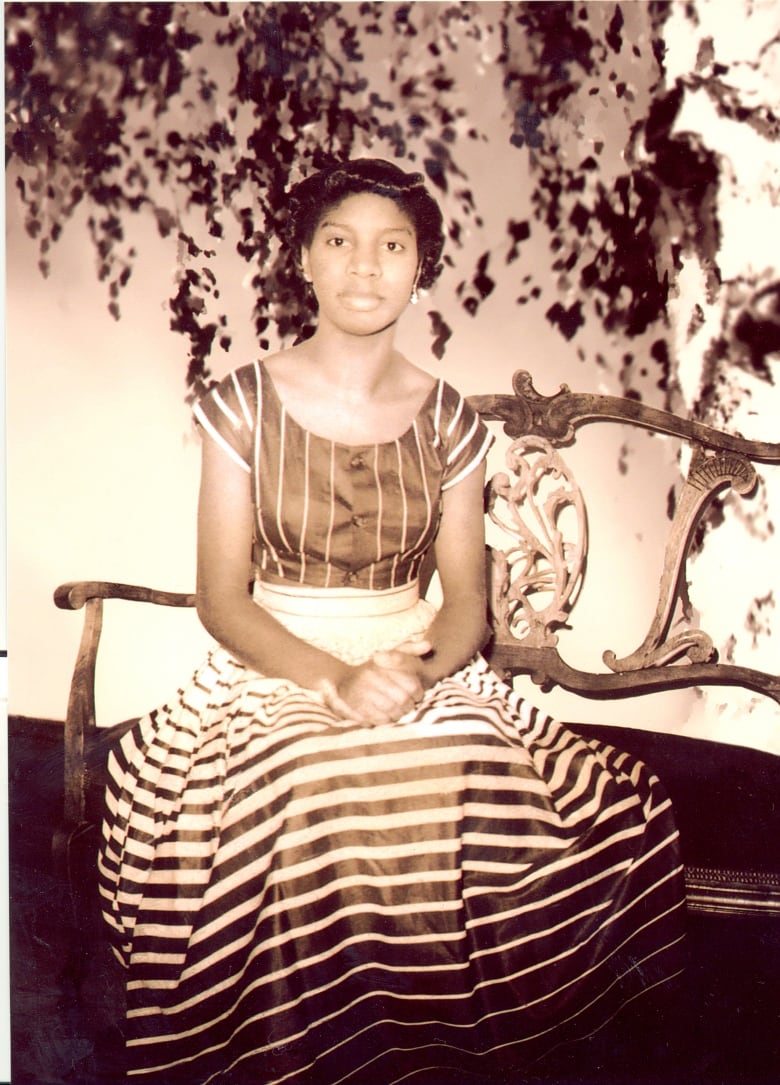Nina Simone's childhood home designated a National Treasure
Fewer than 100 homes have been accorded the distinction by the National Trust for Historic Preservation

Nina Simone's childhood home in Tryon, North Carolina, has now been named a National Treasure by the National Trust for Historic Preservation.
Efforts to preserve the singer and activist's first home were spearheaded by four African American artists who purchased it together last year — painter Adam Pendleton, sculptor and painter Rashid Johnson, collagist and filmmaker Ellen Gallagher, and the abstract painter Julie Mehretu.
The vacant wooden house is in need of serious repairs, and the plan is to rehabilitate the building so it can be used by artists in the future.
Adam Pendleton spoke with As it Happens host Carol Off from Tryon. Here is some of their conversation.
Adam, what does it mean to you that Nina Simone's childhood home has been named a National Treasure?
I think when I purchased the home with Rashid, Ellen and Julie, I don't think we actually had the idea in mind that her home would be designated a National Treasure. So I must say it's thrilling and very gratifying.
This has only happened about a hundred times across the whole United States.
Yes, which of course speaks to the importance of Nina Simone and her music.

Before we get to that, just maybe describe the house itself.
It's a simple structure, and when you see it today, it still looks as though it's from the 1930s. A lot of that is because everything that was not accurate to the period when Nina Simone was born was stripped by the previous owner. So it really does look like a relic.
And it sits on the top of the hill, and when you stand on the porch, you can see the mountains of western North Carolina. So it's really quite idyllic.

She wasn't Nina Simone at that time, was she?
No, she was not. She was Eunice Waymon.
What do we know about her childhood?
Well, the home is important. But the town of Tryon is also important, because it's where she first began to sing, at a very young age — as early as three years old. It's also where she learned to play piano.
And not to far from Tryon — in Asheville, North Carolina — is where she went to an all-girls high school, where she proved not only to be a gifted musician, but also a gifted student.
She was trained classically, but she turned to blues and jazz and pop — the "devil's music," as they were often called it. What did her family think of her career?
Well, that's actually what gave birth to [the name] Nina Simone — she was performing in Atlantic City night clubs, and she didn't want her family to know. I think [Nina Simone] was also more catchy than Eunice Waymon.
But her mother, at least, hoped she would be a classical musician. And that was also Nina's desire, for a very long time. She did not have an ambition to be a pop, jazz or soul singer.
But I think as soon as her voice became fully-formed, that was something that could not be denied.
Her activism was included in her music, wasn't it — her lyrics, her writing.
I think it was a sign of her dedication and intelligence that she put her politics at the centre of her music.
She could have sung about anything, and she did sing about many things — pop songs, love ballads and jazz standards.
But a lot of the songs we know now are the political songs — from Mississippi Goddam, to Four Little Girls, to To Be Young, Gifted and Black.
These are the songs that have really kept her legacy alive.

Why was it so important to you to preserve this house?
I think there are certain moments, certain ideas, certain people that illuminate our best attributes, our best qualities, our best sense of what is possible.
Nina, for me, is that kind of a person.
I don't want that to fade into the background, to be a part of the past. I want it to be a very rich and dynamic part of our present moment.
I want people to talk about Nina Simone, and her complicated life and her powerful music — to know what kind of politics she stood for.
Written by Kevin Ball and Samantha Lui. Interview produced by Samantha Lui. Q&A edited for length and clarity.